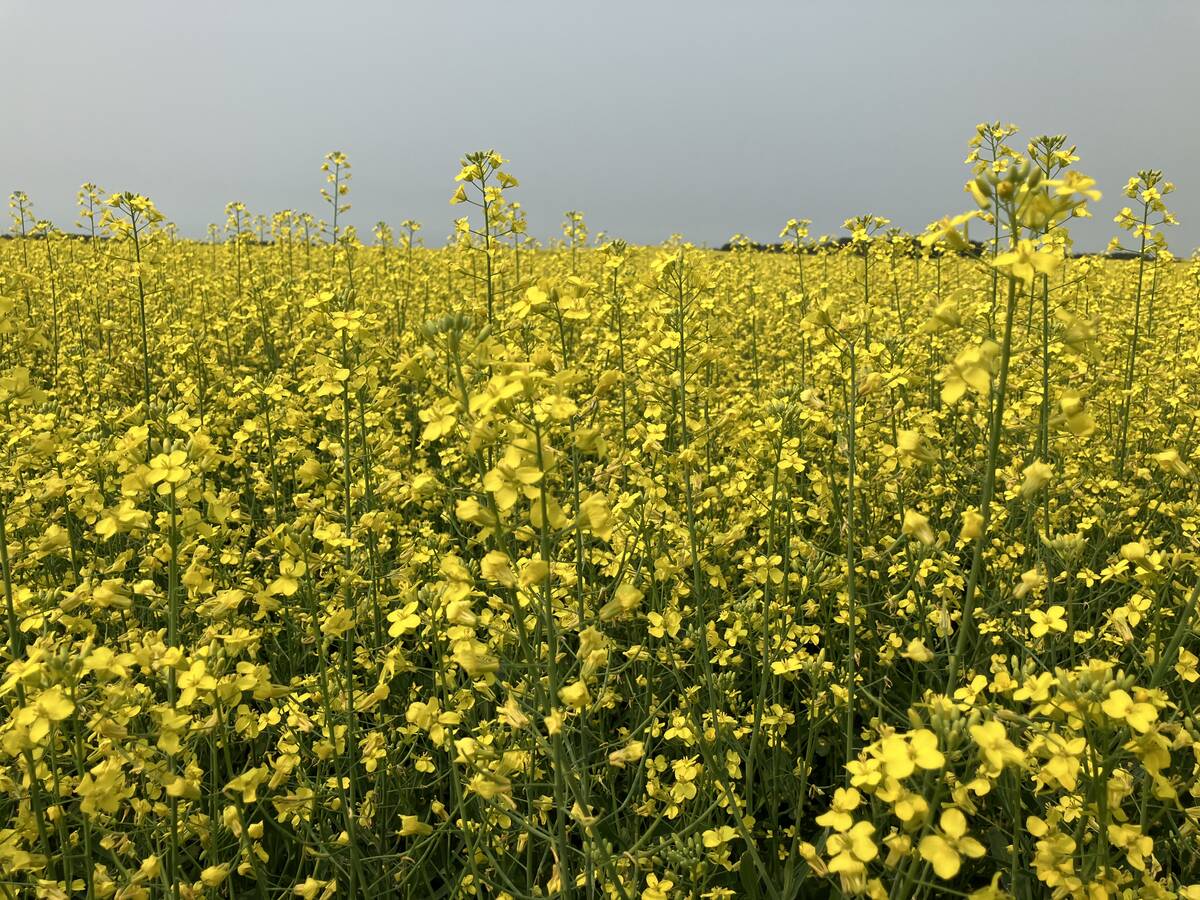India will need imported pulse crops, despite growing domestic production to meet future consumer demand
Canada’s former top pulse market could be regaining its crown in the coming years, say industry officials.
India’s pulse imports have plummeted in the past six years but that trend is about to reverse course, according to panelists attending the International Grains Council’s Grains Conference 2022.
The country’s imports have fallen to 2.5 million tonnes the past couple years from a peak of 6.6 million tonnes in 2016-17.
That is because domestic production of pulses has exploded to an estimated 27.8 million tonnes in 2021-22 from 16.3 million tonnes in 2015-16 thanks to consecutive La Nina weather events.
Read Also

Canola used in only quarter of Canadian biofuel
Less than one-quarter of the biodiesel and renewable diesel used in Canada in 2024 was made from canola oil feedstock
The result is that China has overtaken India as the world’s top importer of pulses.
The Government of India is keen on continuing to expand domestic production of pulses to be able to keep up with growing consumption, but that is unlikely, said Randy Duckworth, chief executive officer of the Global Pulse Confederation.
“There are just too many other complicating factors at work that are going to make it impossible for the government of India to achieve that goal,” he said in a pre-recorded presentation for the conference.
Pulse yields have increased 50 percent over the past 70 years compared to 230 percent for rice and 320 percent for wheat.
“Pulses are just not keeping pace,” said Duckworth.
Climate change is another major factor that will prevent India from expanding pulse production.
He believes the country will have to start increasing imports in the coming years, including yellow peas, which have been effectively banned from the market through punitive quotas and tariffs.
“Some importers expect that will have to change in the not-too-distant future but that remains to be seen,” said Duckworth.
Guruswamy Chandrashekhar, senior editor of the Hindu Business Line, shares the view that Indian pulse production will struggle to keep up with consumption of the crops.
Farmers are planting about 74 million acres of pulses every year.
“I believe India’s area that is given to pulses cultivation is nearing a saturation point,” he said in a pre-recorded presentation.
The crop is becoming less profitable to grow versus competing crops like rice, wheat, oilseeds, corn and cotton.
“I can clearly see a risk that grower interest may start to wane in the years ahead,” said Chandrashekhar.
The government needs to offer farmers higher minimum support prices to grow pulses but that means consumers would be paying more at the markets.
“There is a dilemma for the Government of India — should they support growers, or should they support consumers?” he said.
“It’s a tricky situation.”
Pulse farmers have been struggling with poor yields for years. The crops are more susceptible to pests and disease than in other regions of the world due to India’s tropical climate.
Chandrashekhar said the answer lies in adopting a variety of new breeding and agronomic technologies, but investment has been insufficient to date.
While yields languish, pulse consumption is expected to continue to rise due to population growth.
India is expected to take overtake China as the world’s most populated nation in 2023.
The country’s growing middle class will reach 380 million people by 2030 and they will consume more and better-quality pulses because they are a staple for all classes of people, said Duckworth.
The gap between demand and domestic supply of chickpeas and pigeon peas is expected to reach 11.5 million tonnes by 2030, up from an estimated 4.8 million tonnes in 2025.
Total pulse demand is expected to reach 39 million tonnes by 2050, which would require two percent annual growth in domestic production.
That is unlikely to happen, especially if the country fails to embrace gene-editing technology, he said.
Chandrashekhar hopes to expand consumption further by convincing the government to add pulses to welfare programs, rather than relying solely on wheat and rice.
Duckworth said India will be relying more heavily on pulse imports in the coming years and should adopt trade policies that are more predictable and transparent.
Chandrashekhar said India can’t have unfettered trade, but he agreed that policy intervention needs to be based on sound commercial intelligence and research.
“The decisions made by the Government of India have to be informed,” he said.


















